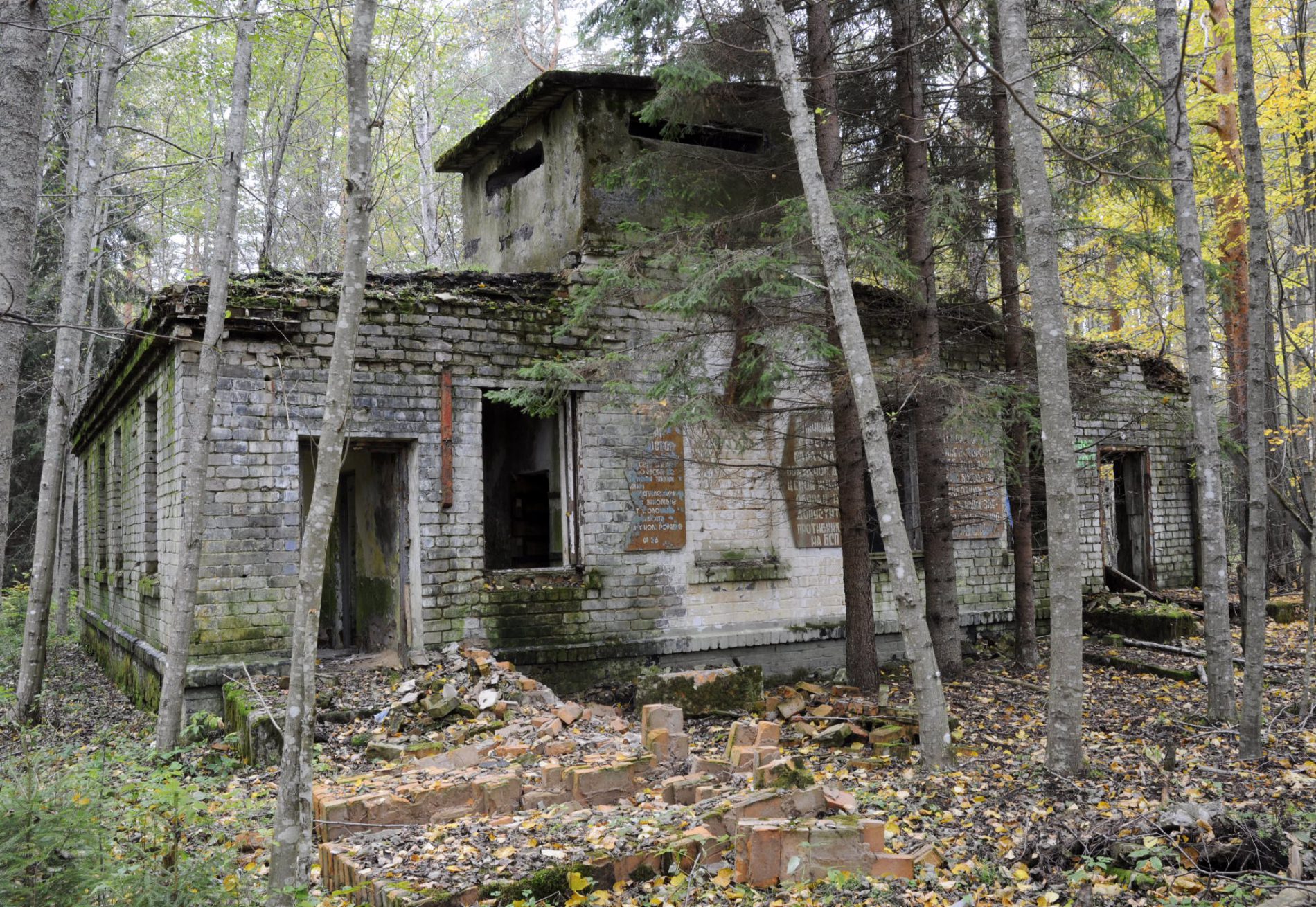























The End of the End
“Growing up in the Cold War period, The End – nuclear destruction – loomed upon the world. Now, the places which were top-secret military area about thirty years ago, are falling into ruins. A road, made of concrete slabs, leads to an abandoned missile base. The bases contain missile hangars. Lots of them, most of them made of similar, pre-fabricated elements. L-zones, which were storage areas for nuclear warheads. Missile launch pads with their distinctive, geometric iron parts. Missile silos, now silent, over 30 m deep into the ground. But, also kitchens, canteens, sports facilities and recreation areas,” Kaisu Koivisto tells about her ongoing project.
The notion of sublime connects many of the views at the missile bases with the tradition of landscape painting or photography. The metaphorical and poetic scenes also depict estranged landscapes of the subconscious.
The picturesque scenes in the places which used to house weapons of mass destruction are fascinating for an artist interested in history such as Kaisu Koivisto: “I am enchanted by the silence which is broken by a deer diving into the greenery or the distant buzz of a chain saw. Simultaneously, the idea of the destructive powers of nuclear weapons makes me wince. I recall the social and political dimensions which the ruins represent. The current events in Europe remind me that the equilibrium of peace and war is fragile.”
Koivisto has photographed in the Baltic countries Latvia, Estonia and Lithuania, as well as in Belarus, Bulgaria, Russia, Ukraine, Poland and Germany. Not only abandoned military objects but also neglected and half-destroyed Soviet monuments, left to the elements. She has become aware of how blood-soaked the soil is in Eastern Europe. It has been the battleground for many nations.
_________________________________
About the photographs: a selection of images 2008 – 2019.